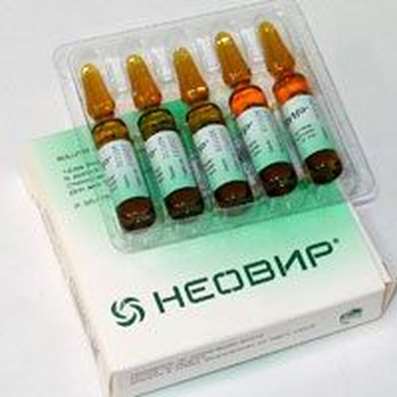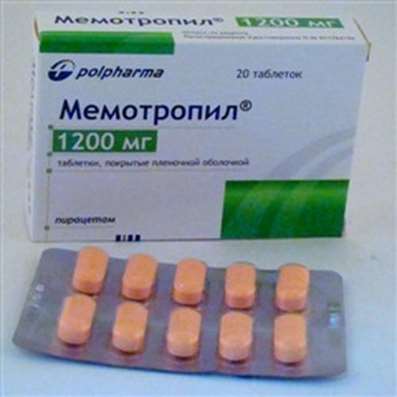Instruction for use: Ipradol
I want this, give me price
Active substance Hexoprenaline
ATX Code G02CA Adrenomimetiki, tocolytic drugs
Pharmacotherapeutic group:
Beta-adrenergic agonist
The nosological classification (ICD-10)
J43 Emphysema
Interstitial emphysema, Emphysema, Chronic lung disease, Chronic obstructive pulmonary disease, Obstructive pulmonary emphysema, Chronic pulmonary emphysema, Chronic obstructive pulmonary emphysema
J45 Asthma
Asthma physical effort, status asthmaticus, Bronchial asthma, Asthma lung flow, Bronchial asthma with obstruction of sputum discharge, Bronchial asthma heavy currents, Bronchial asthma physical effort, hypersecretory asthma, Hormone-dependent form of bronchial asthma, Relief of asthma attacks in bronchial asthma, Non-allergic asthma, nocturnal asthma, Exacerbation of asthma, Asthma attacks, Endogenous forms of asthma, Night asthma, Cough with bronchial asthma
Structure and Composition
1 tablet contains 0.5 mg hexoprenaline sulfate; in blister 10 pcs., in a carton 2 blisters.
1 dose aerosol inhalation - 0.2 mg; in bottles with dispenser 15 ml (1 vial - 93 mg, or 400 doses of 0.2 mg) in a cardboard box.
One ampoule 2 ml solution for injection - 5 mg (as well as 0.04 mg of sodium pyrosulfite) in isotonic sodium chloride solution; in a carton 5 pcs.
pharmachologic effect
pharmachological effect
bronchodilatory.
Selectively stimulate beta2-adrenergic receptors activate adenylyl cyclase and increases cAMP level. It has a strong and long-lasting bronchodilatory effect.
pharmacodynamics
Dilates the bronchi by relaxing the smooth muscles (as cAMP reduces the concentration of intracellular calcium), prevents the release of biologically active substances (histamine, leukotriene D4, etc..), Has a tocolytic properties (stimulates the beta 2-adrenergic receptors of the uterine muscle). When used in medium therapeutic doses has no pronounced effect on heart rate.
Indications
Bronchial asthma: the threat of attack or acute attack (adults and children), bronchitis with spastic component, bronchospasm different genesis, chronic emphysema.
Contraindications
Hypersensitivity, hyperthyroidism, severe liver disease and kidney failure, angle-closure glaucoma, heart disease (myocarditis, mitral valve), aortic stenosis of unknown origin, tachycardia, hypertension, conditions after myocardial infarction (recent myocardial).
Pregnancy and breast-feeding
In pregnancy, the appointment is only valid if there is strict indications (especially in I trimester, just before and during birth - because of tocolytic action). During pregnancy, avoid sharing with preparations containing calcium and vitamin D, with digidrotahisterinom, mineralocorticoid.
Side effects
Anxiety, dizziness, tremors, sweating, tachycardia, nausea, vomiting, increased blood sugar (due glikogenoliticheskogo action). In bronchial asthma and hypersensitivity to sulphates possible - diarrhea, difficulty breathing, bronchial asthma attack, breach or loss of consciousness, anaphylactic shock.
Interaction
Effect reduce non-selective beta-blockers, increase - methylxanthines (theophylline). Other sympathomimetic (some cardiovascular and anti-asthma) increase Ipradola influence on the heart and can lead to phenomena of overdose. Reduces the effectiveness of oral antidiabetic agents, and the accumulation of glycogen in the liver by the action of glucocorticoids.
Dosage and Administration
Pills: Inside, 30 minutes before meals with a little liquid; adults - 1 table. 3 times a day, if necessary - 2 table. 3 times a day, or 1 table. every 4 hours; children 3-6 months - 0.25 Table. 1-2 times a day, 6-12 months - 0.25 Table. 1-3 times a day, 1-3 years - 0,25-0,5 Table. 1-3 times a day, 3-6 years - Table 0.5. 1-3 times a day, 6-10 years - 1 tablet. 1-3 times per day.
Aerosol: inhalation, injection produced during inspiration (holding the inhaler mouthpiece lips); adults and children over 3 years - 1-2 doses in acute asthma attacks; inhalation, if necessary repeated, but not earlier than after 30 minutes.
Injection: in / injection (slow rate of 1 ml / min) or infusion (spreading isotonic sodium chloride or 5% glucose solution); adults with acute bronchospasm - 2 ml, in severe difficulty breathing - 3 ml, most - 4 ml; in status asthmaticus, if necessary with 2 mL 3-4 times within 24 hours; children (1-3 times a day) 3-6 months - to 1 g, 6-12 months - 2 mg, 1-3 years - 2-3 mg, 3-10 years - 3-4 mg.
Precautionary measures
Be wary appoint diabetes (blood sugar must be monitored). Recommended to avoid combination with others. Sympathomimetics, mix with solutions (except isotonic sodium chloride and glucose).
Storage conditions
In a dry, the dark place
Keep out of the reach of children.
The shelf life
4,5 years.
Do not use beyond the expiration date printed on the package.

 Cart
Cart





